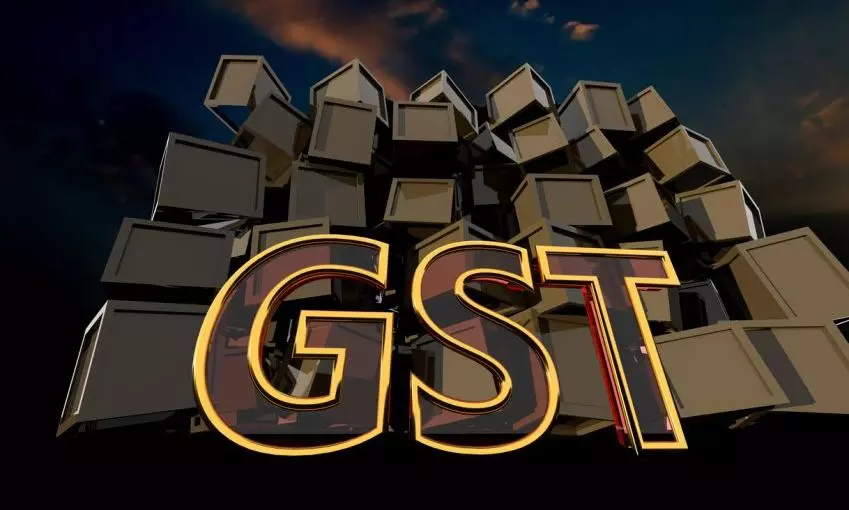
GST 2.0 in bullet points: All you need to know about new tax reforms
What are the new measures the GST Council has approved? We have a quick summary of the PIB release

Union Finance Minister Nirmala Sitharaman on Wednesday (September 3) night unveiled a comprehensive set of reforms under GST 2.0, aimed at simplifying the indirect tax system, reducing compliance burden, and improving revenue efficiency.
The measures, announced through a press release by the Press Information Bureau (PIB), cover rationalisation of rates, technology upgrades, and procedural changes.
Key Highlights of GST 2.0
1. Simplification of Tax Structure
GST 2.0 moves from multiple slabs to a three-rate structure: 5% and 18%.
Items under 5% slab: Essential food items (cereals, pulses, milk, fresh vegetables, bread, roti), life-saving medicines, education services, public transport, packaged drinking water, footwear, fertilisers, mobile phones, small household appliances.
Items under 18% slab: Consumer durables (refrigerators, washing machines, air conditioners), automobiles, insurance, telecom services, restaurants.
Luxury/sin goods: These will be taxed at 40% (tobacco, aerated drinks, luxury cars).
2. Compliance reforms
Single monthly return for all taxpayers, replacing multiple forms.
Pre-filled GST returns generated through integrated IT systems.
Aadhaar-based authentication for registration to curb fake invoicing.
Automatic matching of input tax credit with suppliers’ data.
3. Small business relief
Higher threshold for GST registration to ease compliance for micro and small enterprises.
Quarterly filing option extended to businesses with turnover up to a specified limit.
Composition scheme widened to cover more sectors.
4. Technology and transparency
Implementation of real-time invoice tracking through e-invoicing.
Strengthening of GSTN (Goods and Services Tax Network) with AI-driven data analytics.
Enhanced integration with customs and direct tax databases.
5. Sector-specific measures
Rate reductions on essential medicines and daily-use items.
Rationalisation of tax on services such as insurance and financial services.
Supportive measures for exports with faster refunds and simplified documentation.
6. Dispute resolution and governance
Creation of a national GST Appellate Tribunal for quicker dispute resolution.
Introduction of advance ruling mechanism with uniformity across states.
Time-bound grievance redressal system for taxpayers.
Expected outcomes
Greater ease of doing business for enterprises of all sizes.
Reduction in tax evasion through tighter compliance and IT systems.
Increase in government revenues through broadening of the tax base.
More equitable tax distribution benefiting consumers and businesses alike.

